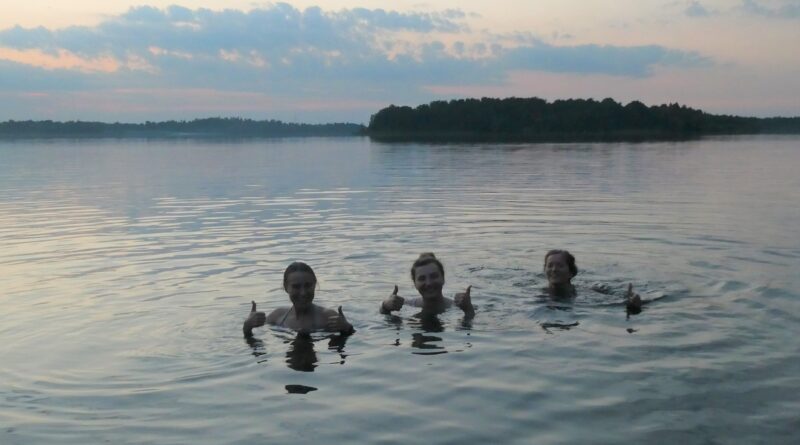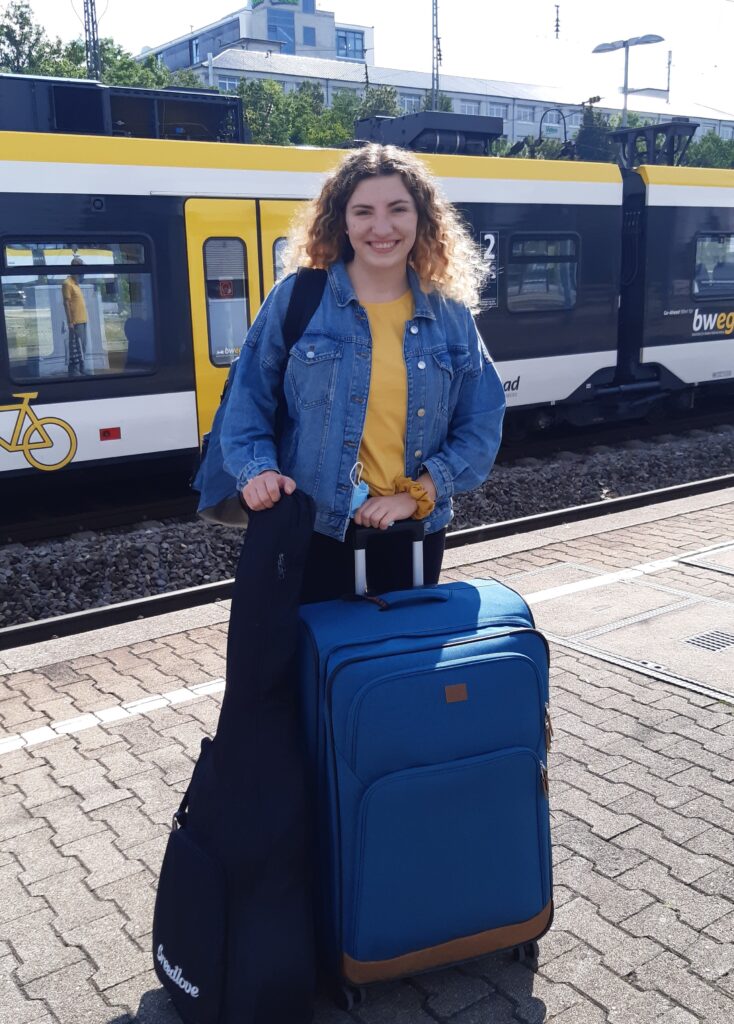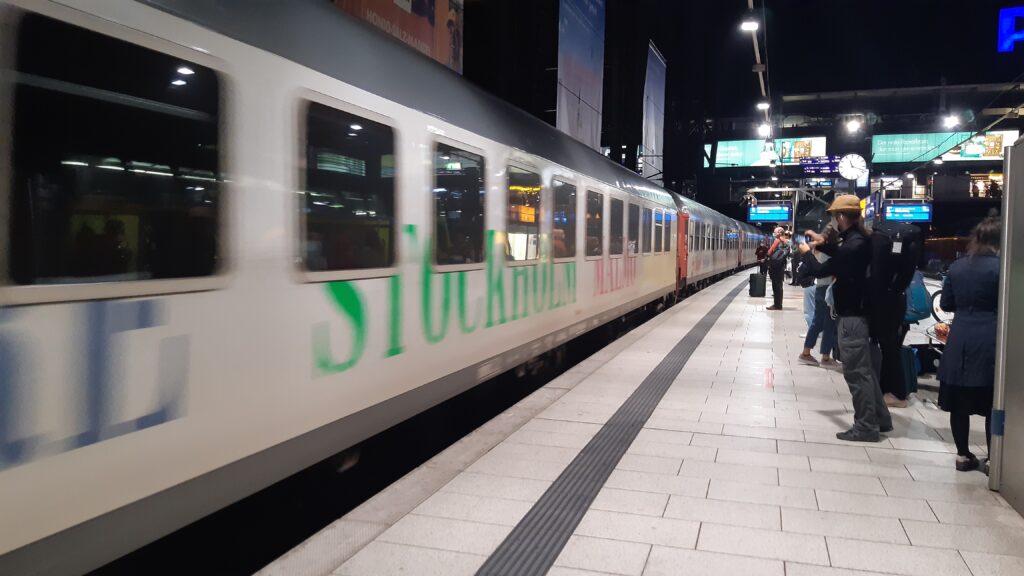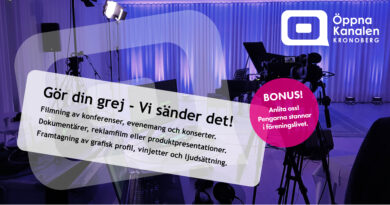Hej Sverige – What a shock?!
Sweden vs. Germany: Are there cultural differences at all? And where are they? I take you with me on my little adventure and tell you about the first cultural clashes I’ve experienced during the first weeks.
“Hej! Vill du fika?” [Do you want a coffee break?] This is probably the only Swedish sentence you need to know when coming to Sweden. Not only because learning Swedish isn’t necessary when you want to live here for a shorter period. I got the feeling that their motto of life is: Two Fikas a day keep the doctor away.
After my outward journey, my arrival and the first weeks in Sweden, I noticed a lot of things like Swedish peculiarities or small cultural differences. Often, they aren’t noticed by people living here but were completely new to me. In this blog post, I want to tell you what I’ve experienced and what I would have liked to know before arriving.
Language
When I showed my German friends how Swedish sounds, they just laughed. Sweden may be known for its amusing-sounding language, but it’s a very functional and occasionally beautiful language that tells you a lot about its people. Swedish is a North Germanic language and is actually closely related to English and German. So when I hear Swedes talking or when I read Swedish, I can derive a lot of words.
However, there are some crucial differences. The word “gift” in Swedish can mean both “married” as well as “poison” – entirely dependent on context. “Bra” is Swedish for “good”, “kaka” means “cake” and “öl” is beer, not oil.

Accommodation
The first things that come to mind when thinking about Sweden are the red wooden houses with white frames. What would Sweden be without them?! Did you know that they originally came from Greece? Me neither. =) But there are of course not only red houses with white frames – when I walk through Växjö (~80.000 inhabitants) I often see yellow brick houses.
As free and open as the Swedes are, you can’t tell anything about their prosperity by looking at their houses. In general, wealth doesn’t strike me at first sight. I think the Swedes are less focused on the material than other nations.
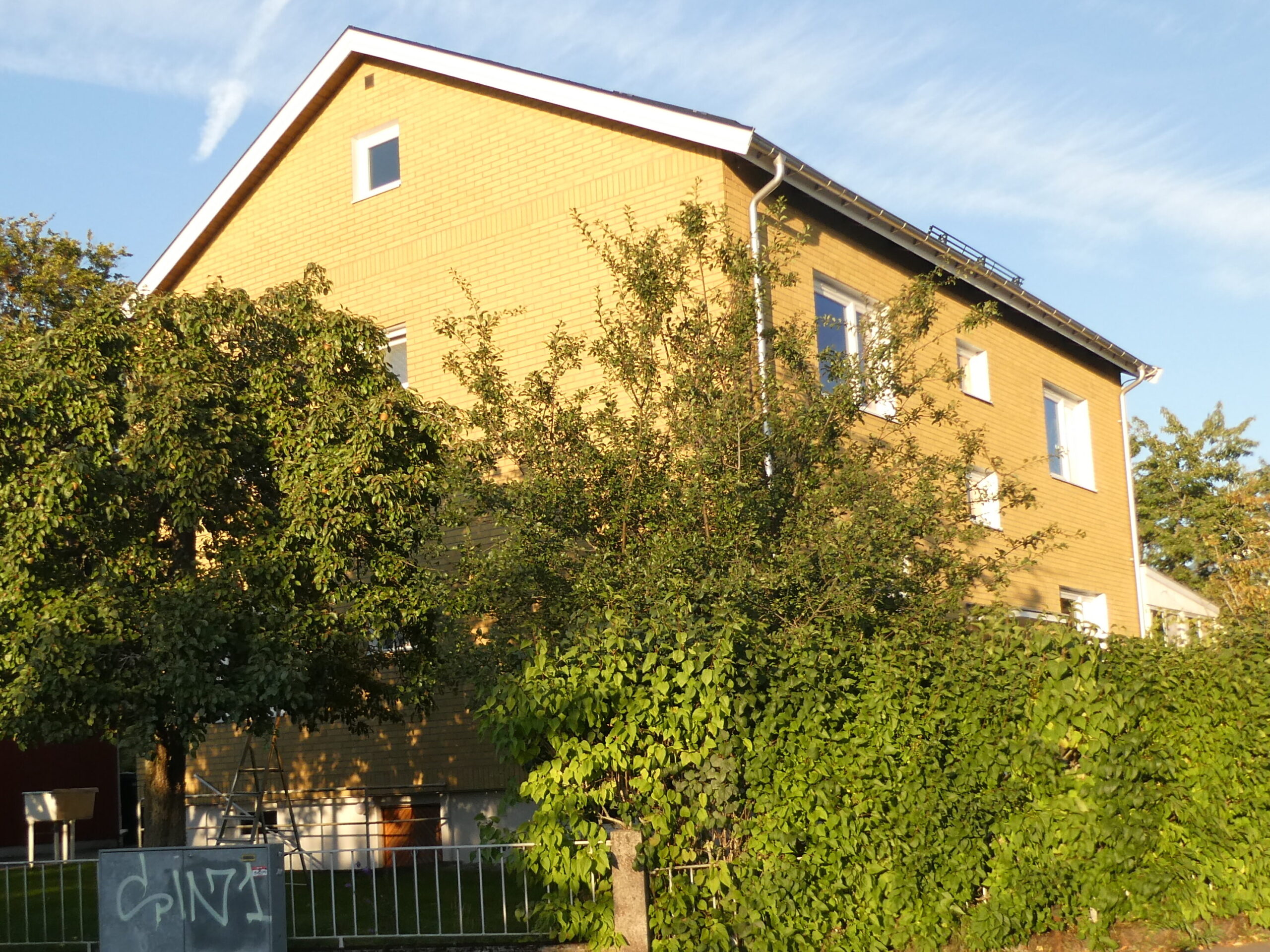
Another peculiarity is the door. Yes, read correctly. Every door I’ve entered so far opened OUTwards. Also, the door locks are different: I’m sure almost every keyhole in Germany is placed under the door handle and we only have lock knobs at bathroom doors, because our frontdoors lock automatically. And have you ever seen such a lock like the one on the right picture? You have to pull the handle up to lock it and push it down to open…
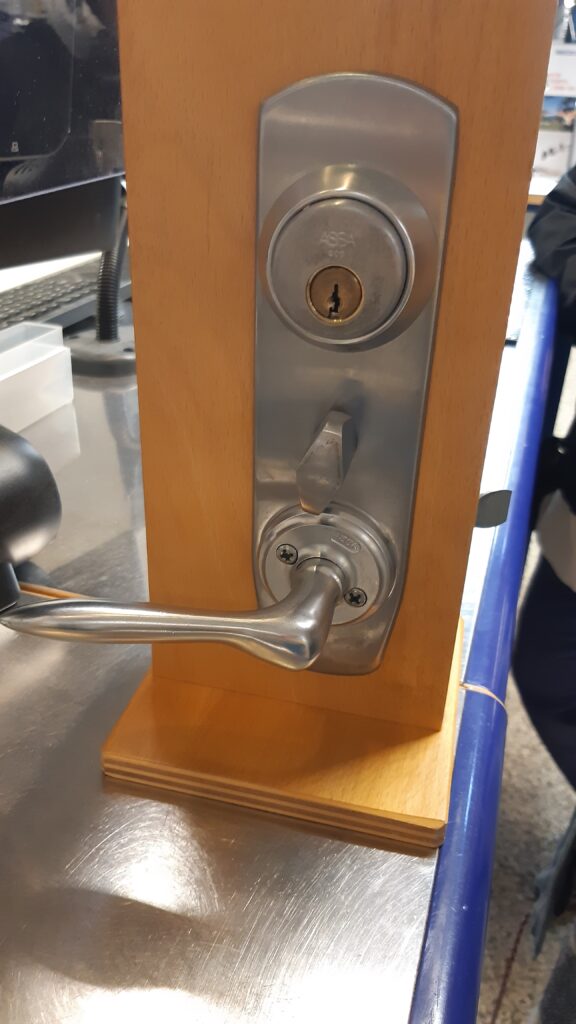
Swedish door lock from the inside. The knob in the middle is to lock the door. 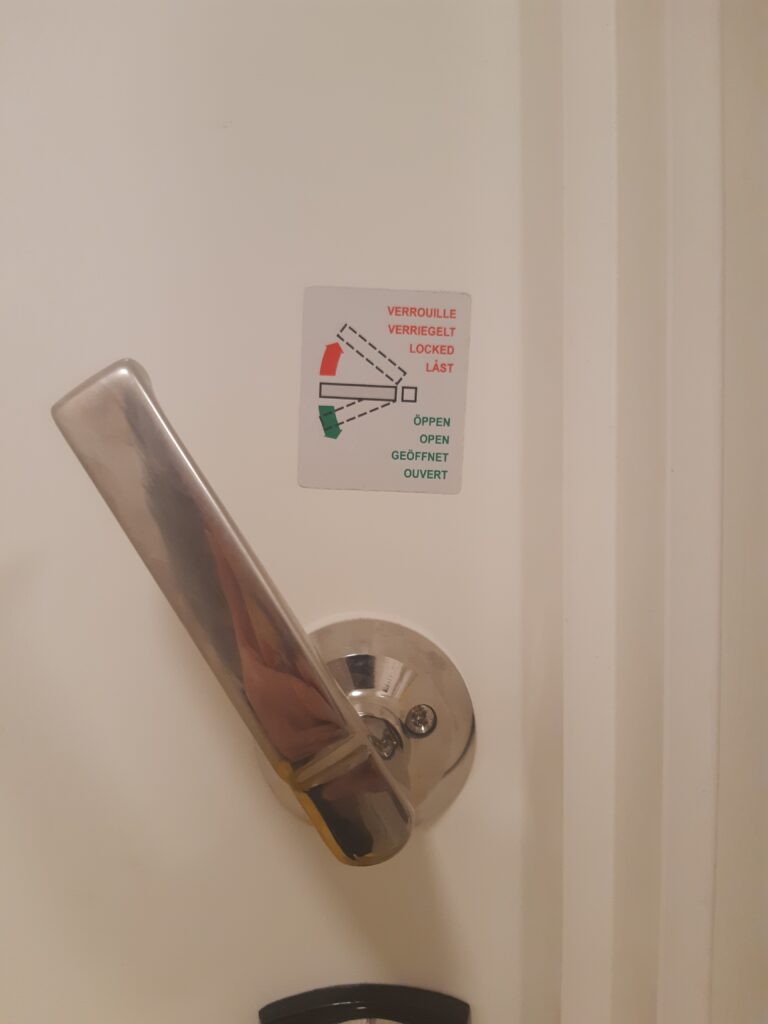
Food and candy
When I first went into a Swedish supermarket, I was impressed by all the huge packages. Cheese, ham, milk, rice… You can get everything in huge packs as well as in small ones. In Germany we have a specific chain, called METRO, where e.g. restaurant owners buy food in maxi-packs.
Most important: the candyshops! Swedes love to eat candy, especially licorice. Therefore they have Pick-n-Mix stores, where you can buy as much candy as you want. Even in every supermarket where I’ve been so far, I could see Pick-n-Mix walls. So delicious… it’s hard to resist the temptation to buy sweets when grocery shopping.
The last thing I need to mention under the topic food are definitly the tubes. Have you ever tried blue cheese in tubes? Then go to Sweden. The variety is huge! Everything from ham-cheese over sweet condensed milk spread to the typical Swedish caviar is in tubes.
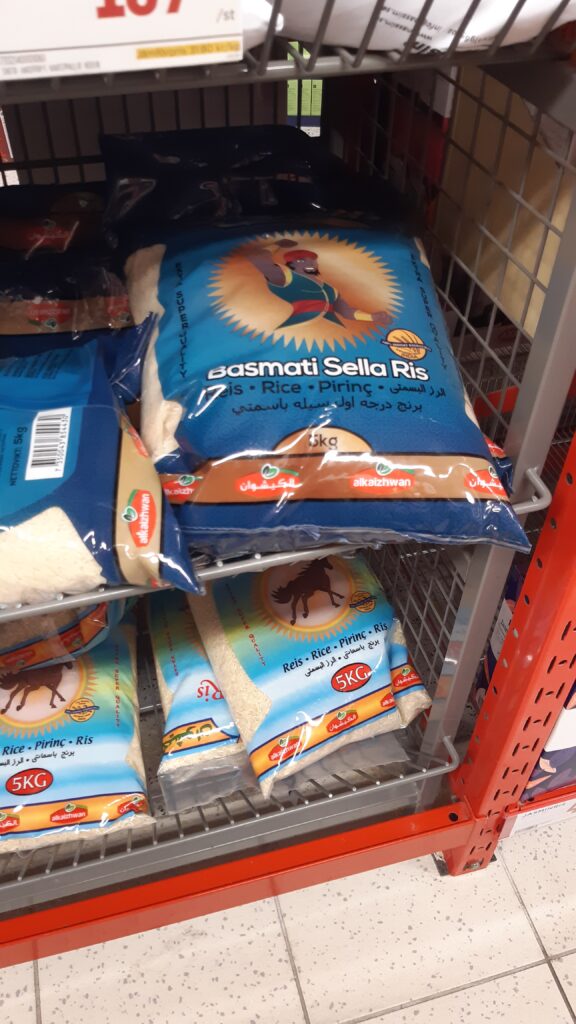
five kg rice pack 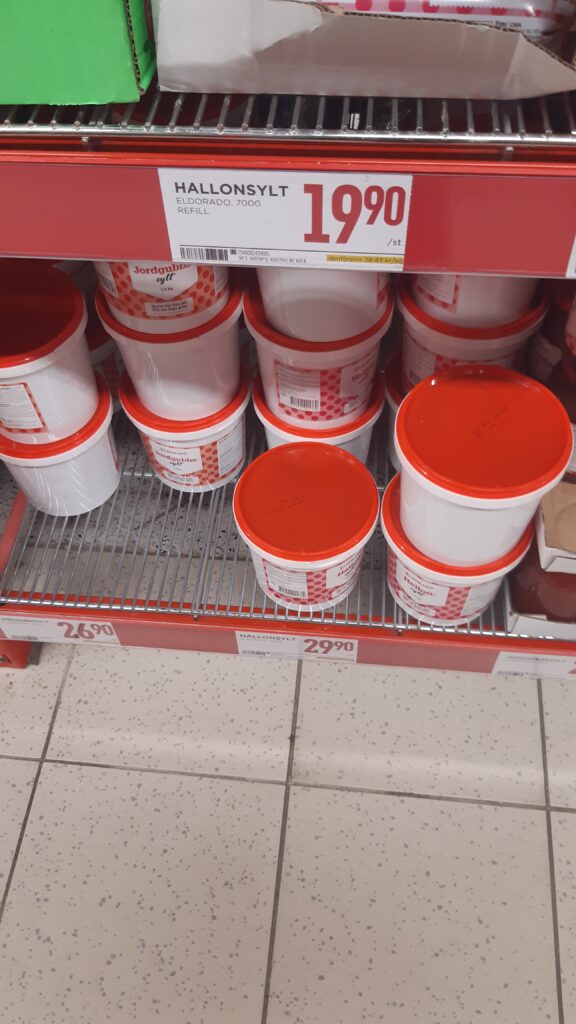
a bucket of jam (700g) 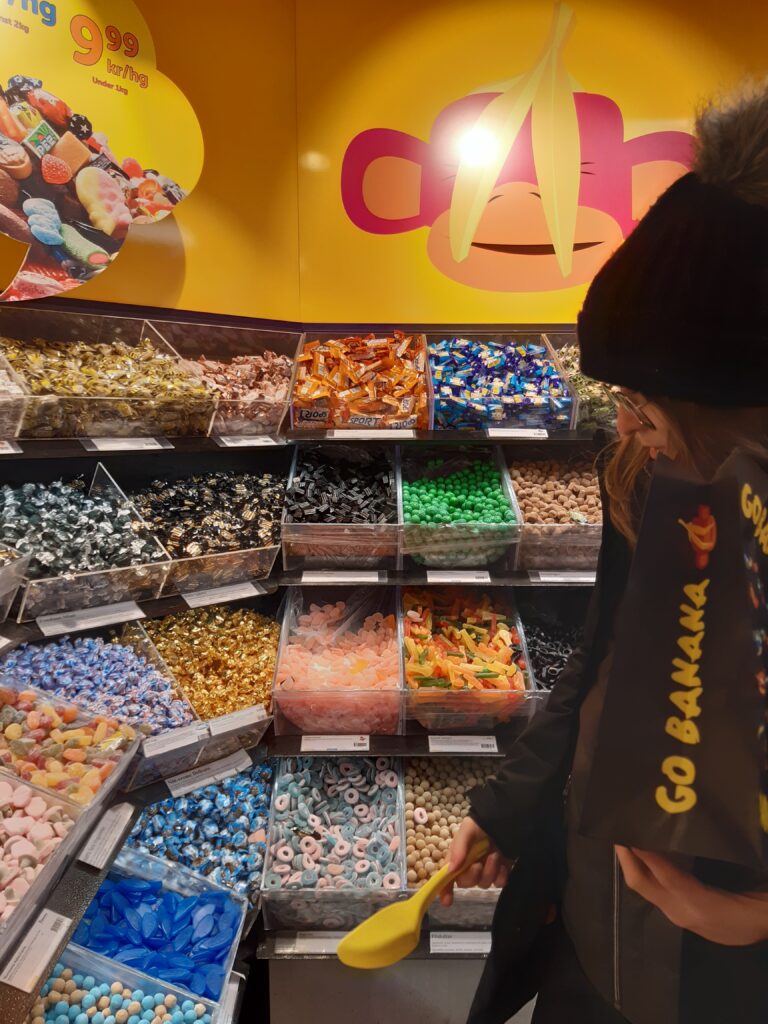
tons of sugar… 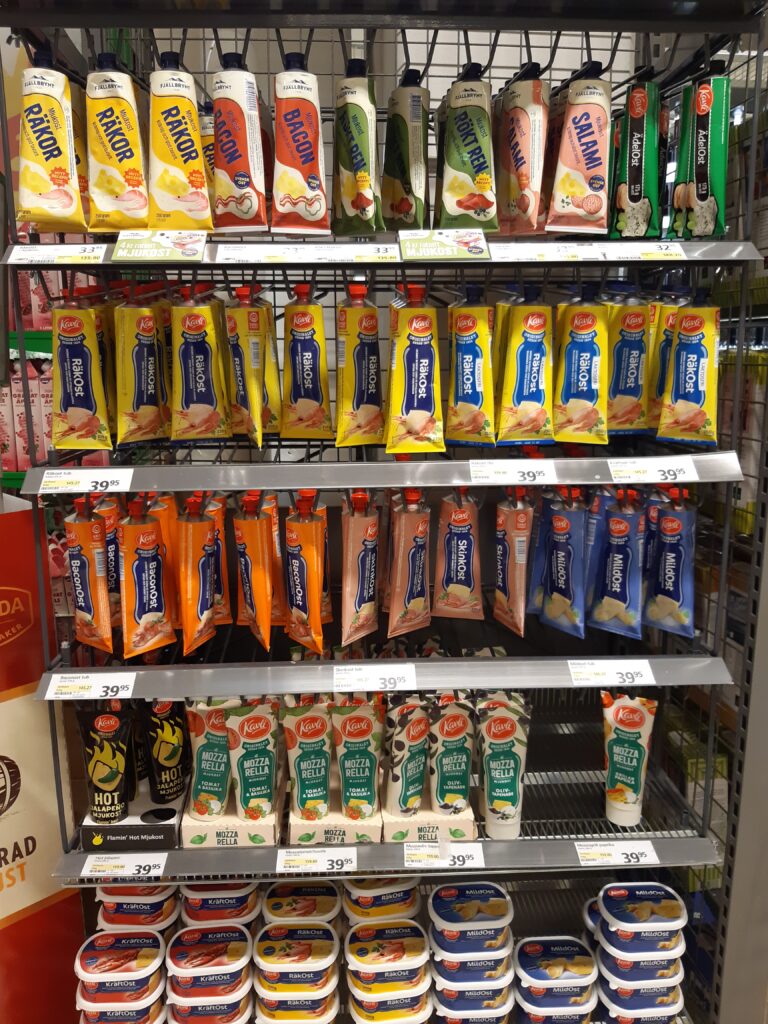
cheese spread in tubes 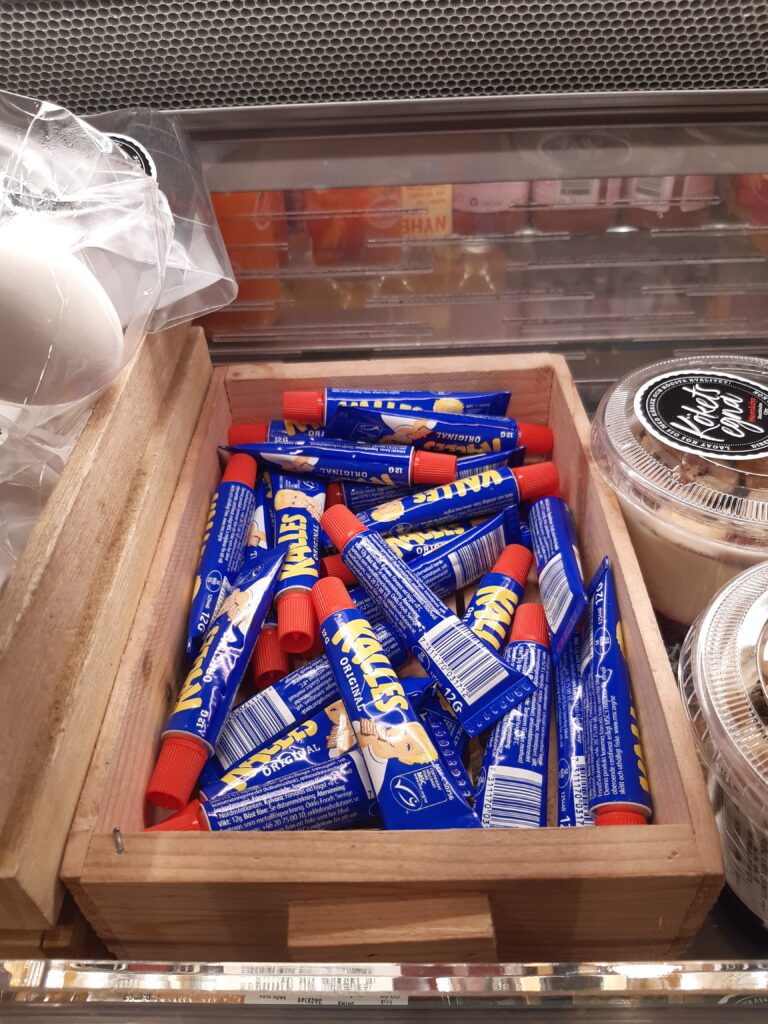
Kalles caviar – here in one portion tubes
Recycling
Swedes say Germans are obsessed with moose. Well, that might be true. But as a German, I have to say that Swedes are known for being a nation obsessed with recycling. Many people recognize Greta Thunberg as being a champion of fighting climate change, and she’s not alone in her home country. Sweden is the best in Europe and the 5th best in the world at recycling.
As in Germany, there is a Pant system. It’s a return and earn scheme that allows Swedes to get money for giving back recyclable drinks packaging. In 2019, Swedes recycled 2,15 billion cans and bottles and saved approximately 180,000 tons of CO2.
To avoid paying high fines every Swedish household has at least seven different trash cans, which they bring on their own to the recycling station. There is one trash can each for paper without print, carton, newspaper, plastic, metal, rest, compost, and two different ones for glass… Even in public parks!
Nature
Besides many lakes, moose and blueberries, Sweden is also famous for being two-thirds forest. Every year, 340 million trees are planted. In 1994, a law was added to the Swedish constitution stating “everyone will have access to nature according to Allamansrätten (All man’s rights)”. This means that legally, anyone and everyone can hike, sleep for at least one night, forage and swim pretty much anywhere in the country. Wonderful, I love this law!
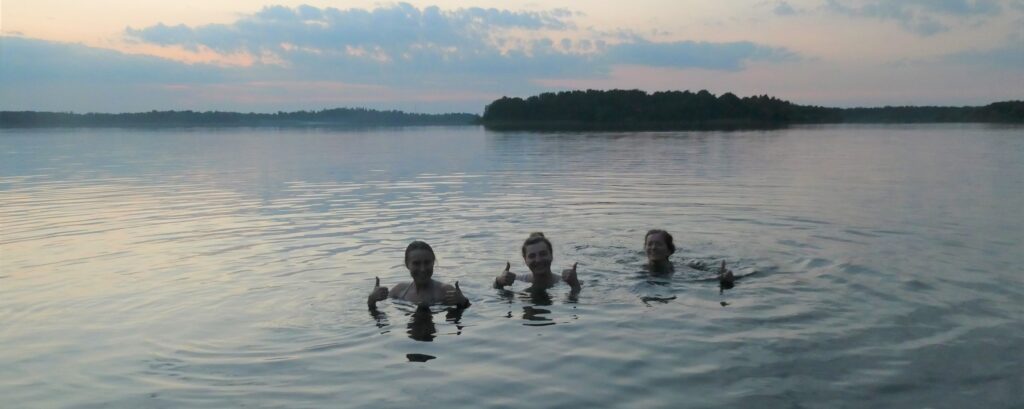
————————————————————————————————————————-
Thanks for your time reading this article, I hope you enjoyed it! I am Isabelle, 18 years old and from a small village in the south of Germany. I am ESC volunteer at Globala Kronoberg in Växjö, Sweden. On @isabellegoessweden, I keep track of my 12-months-Sweden adventure, so feel free to follow me on Instagram. 😉

